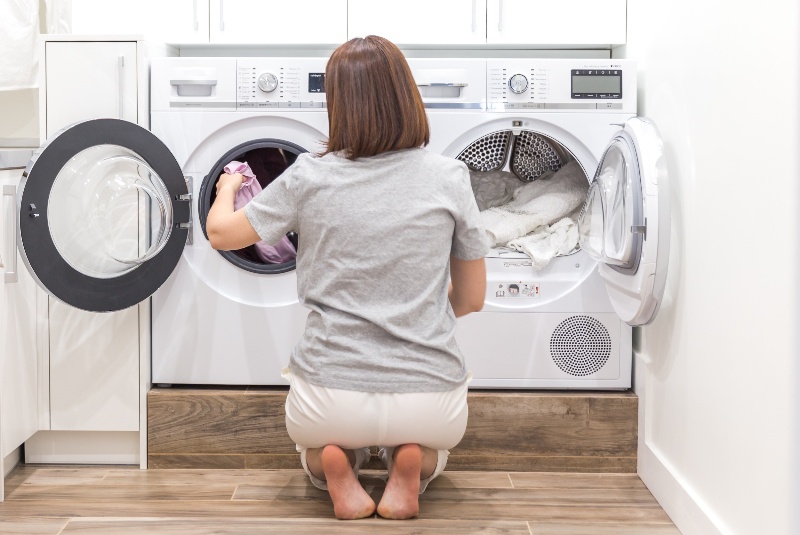We live in an age of tutorials, Pinterest hacks, and “I can totally do that myself” enthusiasm. From home improvement projects to beauty treatments to furniture building, the temptation to DIY (do it yourself) is everywhere. But while doing it yourself can be satisfying—and often cheaper—sometimes buying is actually smarter, safer, and more cost-effective in the long run.
So how do you decide? Here’s a balanced look at when it makes sense to roll up your sleeves and tackle it yourself, and when it’s wiser to spend money on a professional product or service.
When to Choose DIY
DIY isn’t just about saving money. It’s also about learning new skills, customizing projects exactly how you like, and enjoying the pride that comes from doing something with your own hands. That said, not all projects are created equal.
1. When Labor Costs Outweigh Complexity
If the work is relatively simple but labor-intensive (like painting a room or assembling furniture), DIY can save you hundreds of dollars. For example:
-
Interior painting: You might spend $50 on supplies versus $300+ to hire painters.
-
Lawn care or garden beds: Planting shrubs or building a raised garden box usually just requires tools and patience.
-
Installing shelves or small fixtures: As long as you can use a level and a drill, many minor projects are very doable.
2. When You Want Customization
DIY lets you personalize things exactly how you want them. Building your own coffee table or designing handmade décor means choosing finishes, colors, and sizes to suit your space—something store-bought often can’t match.
3. When It’s a Hobby or Stress Reliever
For many people, working with their hands is deeply satisfying. Knitting, woodworking, crafting, or even growing your own vegetables can be as much about joy as about function. If you enjoy the process, the hours spent might be more valuable than the savings.
4. When Repairs Are Straightforward
Replacing a faucet washer, patching small drywall holes, or unclogging a drain are DIY-friendly. Watching a quick video or following a step-by-step guide can often solve these problems without the cost of a service call.
When to Buy (or Hire a Pro)
Even the most enthusiastic DIY-er should recognize limits. There are times when buying or hiring a professional is safer, smarter, and actually cheaper over time.
1. When Safety Is an Issue
Projects involving electricity, structural changes, or roofing can quickly become dangerous. Improper wiring risks shocks or fire, structural mistakes could compromise your home, and roof work is a major fall hazard.
If it could harm you or someone else—call in the pros.
2. When It Requires Specialized Tools or Equipment
If a project needs expensive tools that you’ll only use once (like a tile saw or concrete mixer), it’s often more economical to hire someone who already owns them.
Alternatively, you might consider renting—just be sure you’re comfortable using the equipment.
3. When Mistakes Could Be Very Expensive
Fixing DIY errors can cost more than doing it right the first time. For example:
-
Incorrectly installed tile can crack or lift, requiring a full redo.
ADVERTISEMENT -
A botched plumbing project might cause leaks and water damage.
-
Messing up car repairs can lead to costly breakdowns.
If the consequences of getting it wrong are steep, buying or hiring is often the best insurance.
4. When You Lack the Time or Energy
DIY projects always take longer than expected—especially the first time. If your schedule is packed, it may be worth paying someone else or buying pre-made to avoid stress and half-finished jobs cluttering your life.
5. When the Results Matter for Resale or Durability
For major renovations or exterior work, quality matters. Poor workmanship can hurt home value or lead to problems down the road. For example, a professionally installed roof or well-built kitchen cabinetry can stand up for decades—something even skilled DIY attempts might not guarantee.
A Quick Guide: Buy or DIY?
| Project Type | Better to DIY | Better to Buy or Hire |
|---|---|---|
| Painting walls, minor patching | ✅ Easy skills, minimal tools | – |
| Basic landscaping | ✅ Personal choice, sweat equity | – |
| Furniture assembly | ✅ Clear instructions, common tools | – |
| Complex plumbing/electric | – | ✅ Safety and code compliance matter |
| Roof work or structural changes | – | ✅ Risk of serious damage or injury |
| Car engine repairs | – | ✅ Precision and expertise required |
| Crafts, décor, personal items | ✅ Custom and low-stakes fun | – |
| Tile or hardwood floors | Maybe for small areas, otherwise tricky | ✅ A pro avoids costly mistakes |
Tips to Make Smart Decisions
-
Estimate total costs realistically. Include tools, extra materials (for mistakes), and your time. Sometimes DIY isn’t the cheaper option once everything is tallied.
-
Be honest about your skill level. Watching a video isn’t the same as experience. If the project is far outside your comfort zone, rethink it.
-
Try small test projects first. Want to redo your whole bathroom? Start by tiling a small backsplash to see how you handle it.
-
Consider value of your time. If a DIY saves you $200 but costs 20 hours of frustration, is it worth it? Sometimes paying a pro is an investment in your own sanity.
Enjoy the Best of Both Worlds
You don’t have to be all-or-nothing. Many smart homeowners combine approaches. For example:
-
DIY prep work: You can do demolition, clearing, or painting to reduce contractor hours.
-
Hire for technical steps: Bring in professionals for plumbing, electrical, or structural work.
-
Decorate and finish yourself: Once big projects are done, add your own custom touches.
This balanced approach lets you save money where it’s safe and practical while ensuring critical work meets high standards.
Knowing when to buy or DIY isn’t always clear-cut—it depends on your budget, skill, tools, and how much you value your time. When done right, DIY can be incredibly rewarding and save serious money. But there’s no shame in buying or hiring help for things that are complex, risky, or just outside your wheelhouse.
The best choice is the one that leaves you satisfied, your project complete, and your home (and you) better off for it.




